According to the Project to Adjust the General Planning of Ho Chi Minh City to 2040, Vision to 2060 (referred to as the Project) recently approved by the Prime Minister, Ho Chi Minh City (old) is determined to become a global city by 2060, developing on par with major cities in the world. Ho Chi Minh City develops into 6 sub-regions (center, East, West, North, South, Southeast), each multi-functional region, linked to key national and international areas, creating a high-quality living and working environment, connecting the public transport system; developing a multi-center urban space, forming multi-functional sub-regions focusing on finance, trade, tourism, culture, sports , research, training and high technology.
According to the plan, Ho Chi Minh City will form new high-tech zones with a total area of about 2,200-2,600 hectares. Focus on developing industrial functions including 33 industrial parks, 3 export processing zones and 7 industrial clusters, with a scale of about 9,200-10,200 hectares in areas along Ring Road 3, the bypass of National Highway 22, Hiep Phuoc Port and some areas with convenient traffic connections, changing functions in Binh Chanh, Cu Chi, Bac Can Gio at present...
Binh Duong is considered the "industrial capital" of the country with more than 29 operating industrial parks and more than 1.3 million workers. The province has formed a relatively synchronous transportation network; upgrading and expanding National Highway 13 (section through Thuan An City), urgently constructing and preparing to invest in Ho Chi Minh City Ring Road 3, 4, Ho Chi Minh City - Thu Dau Mot - Chon Thanh Expressway, and most recently, the urban railway system connecting directly to the center of Ho Chi Minh City...
Mr. Nguyen Anh Minh, Director of the Department of Construction of Binh Duong province, affirmed that the merger will form a smart super city, optimizing the strengths of each locality to create a closely linked region, complementing each other in all aspects.
Along with that, Ba Ria - Vung Tau province is also planning to develop urban areas in the direction of modern, green, civilized, rich in identity, sustainable development associated with conservation...
Ms. Duong Thao Hien, Deputy Director of the Department of Construction of Ba Ria - Vung Tau province, informed that the province plans to develop the urban system on the basis of maximizing the development advantages from existing dynamic infrastructure projects on transportation, tourism, and services, continuing to complete the urban network in accordance with each stage of socio-economic development, harmoniously combining the process of urbanization, urban development with industrialization and modernization.
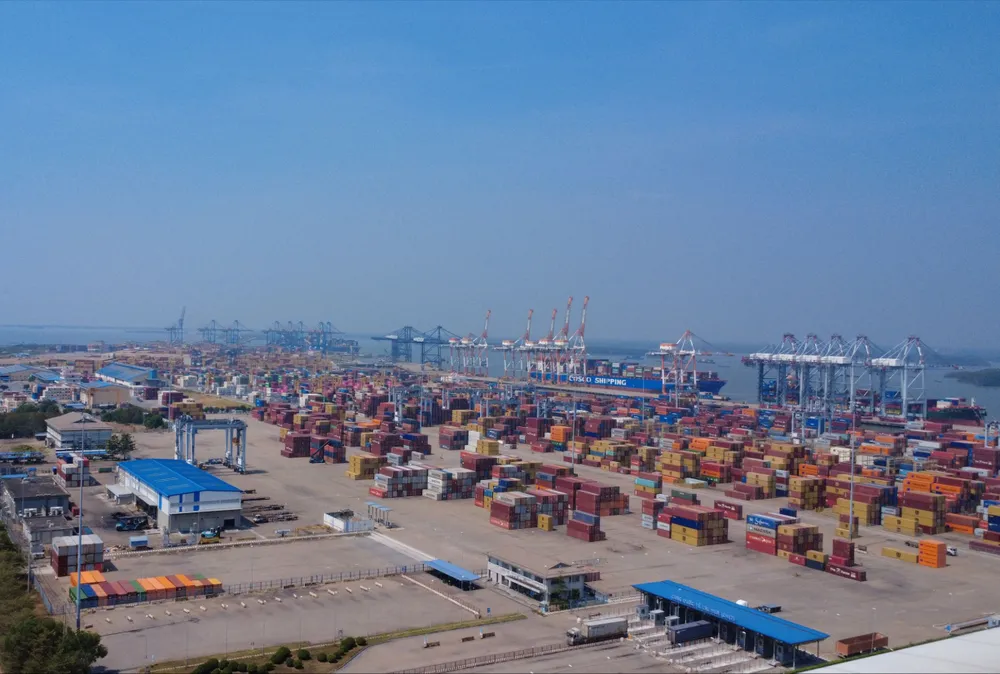
Associate Professor Dr. Nguyen Ngoc Vinh, Deputy Director of the Institute for Regional Development Research and Consulting (Ho Chi Minh City University of Economics), assessed that the formation of the new Ho Chi Minh City has marked a strategic shift in the process of restructuring the development space of the entire region.
From its position as an inland commercial center, the new Ho Chi Minh City will become a coastal city with a large scale bordering the sea, with a coastline of about 110km, stretching from Long Hai to Con Dao. This is a change of strategic significance in exploiting the potential of the marine economy, especially in the context of shifting global supply chains and the need for sustainable development of marine resources. One of the key factors in the context of the marine economy of Ho Chi Minh City after the merger is the seaport system, especially the Cai Mep - Thi Vai deep-water port cluster, capable of receiving ships over 150,000 DWT.
“HCMC also faces a number of major challenges that require close coordination between the government, businesses and stakeholders. Transport and logistics infrastructure is incomplete, there is a lack of integrated marine spatial planning and limitations in specific financial mechanisms. Therefore, HCMC should have a strategy for developing a smart, integrated and sustainable marine economy,” Associate Professor, Dr. Nguyen Ngoc Vinh suggested.
Source: https://www.sggp.org.vn/toi-uu-hoa-the-manh-cua-tung-dia-phuong-post801305.html


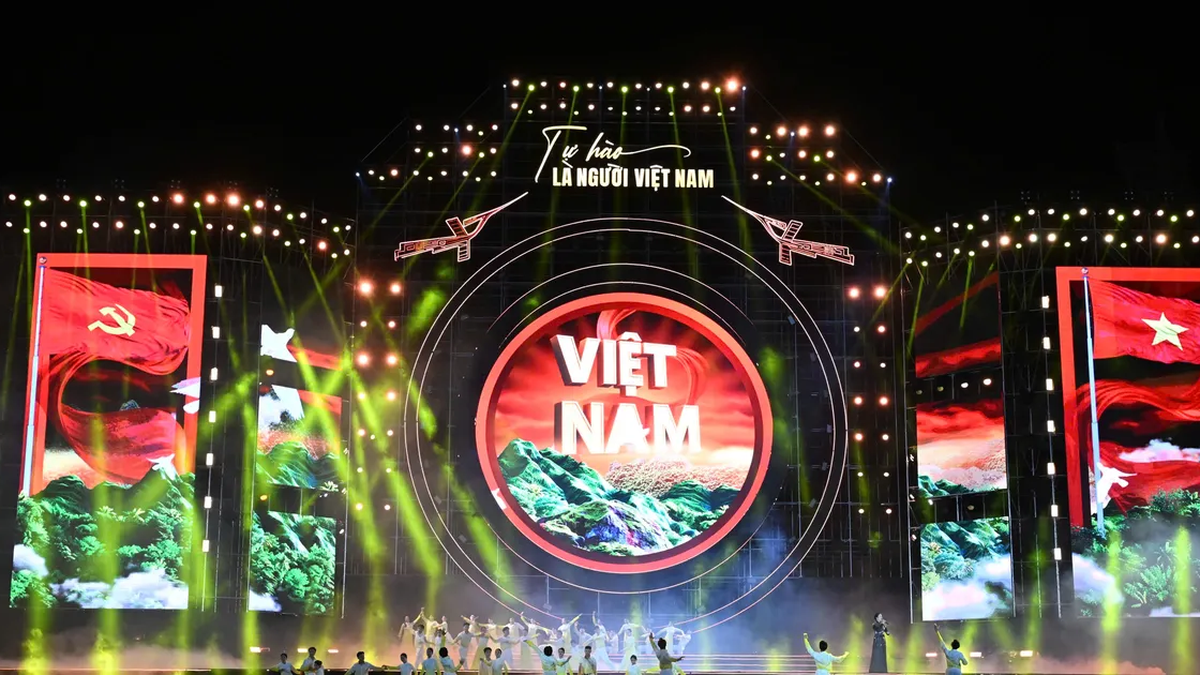

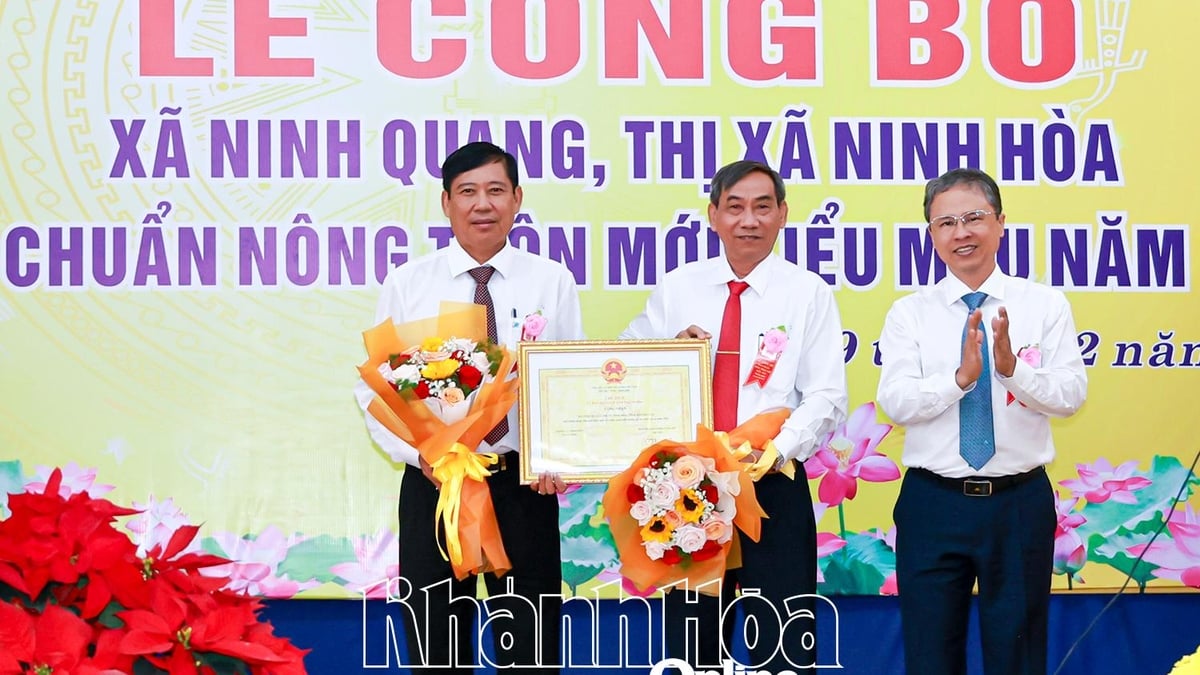


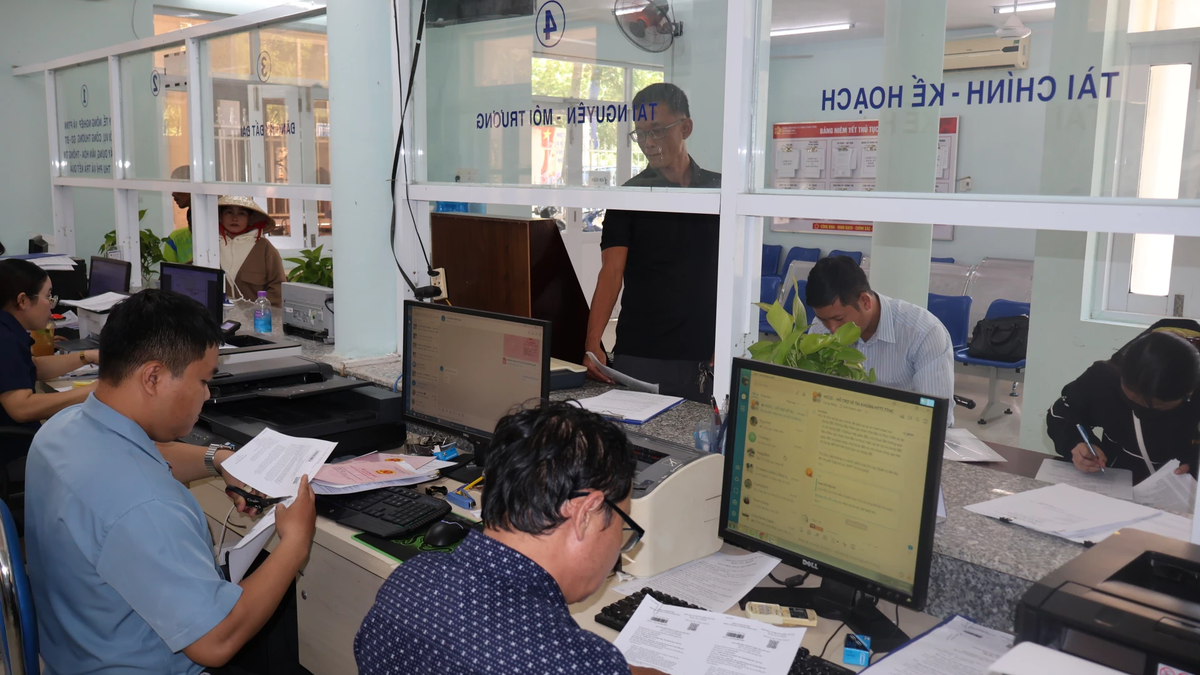
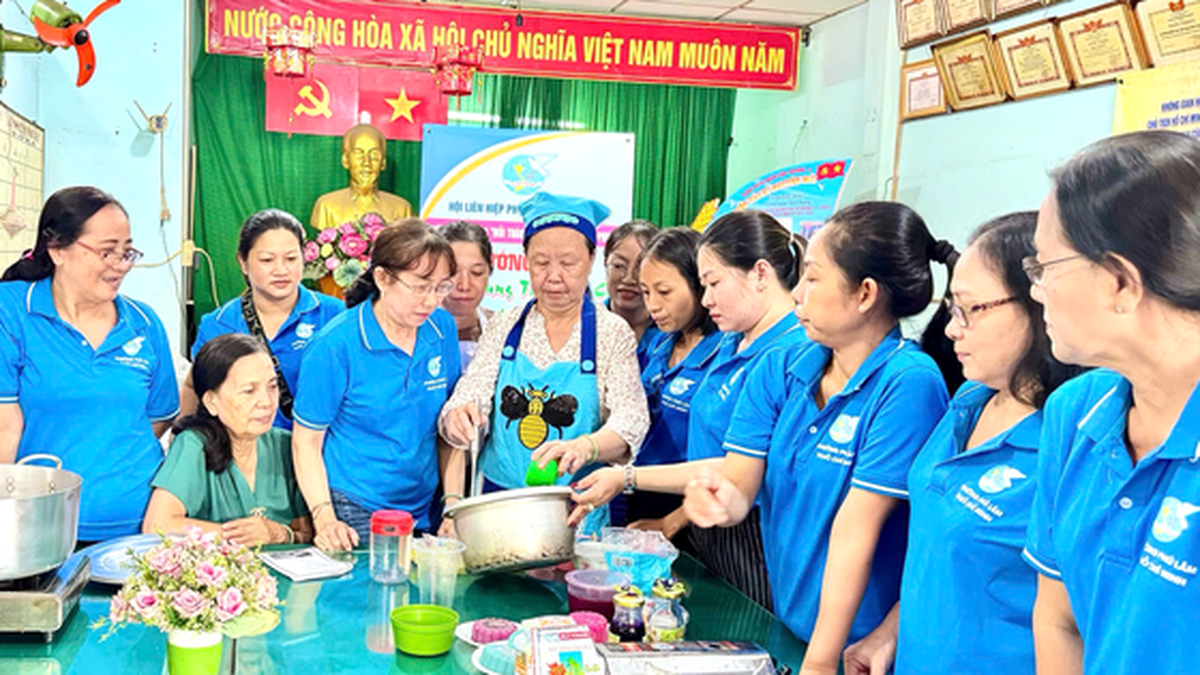


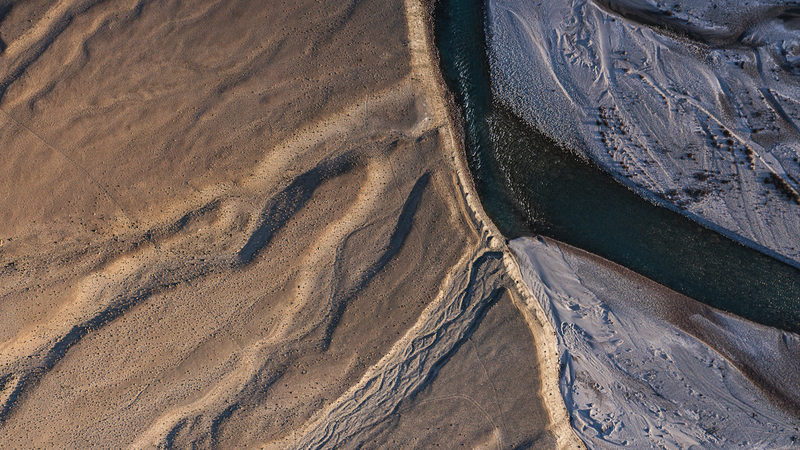


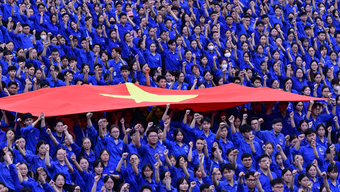






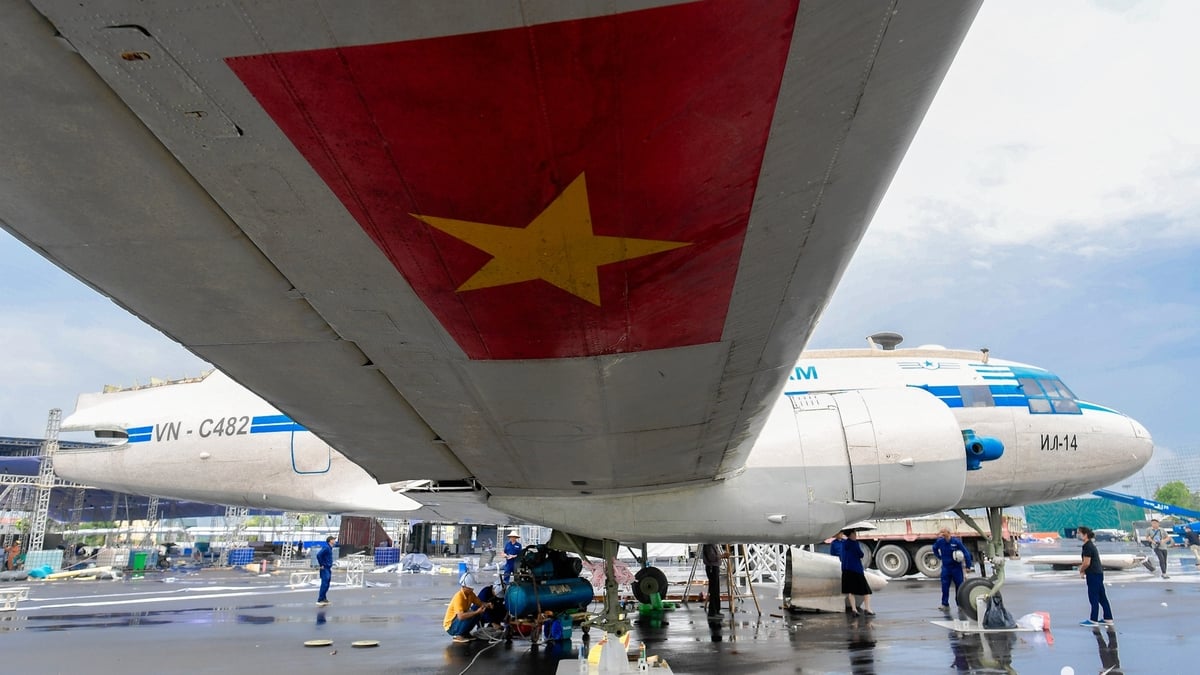
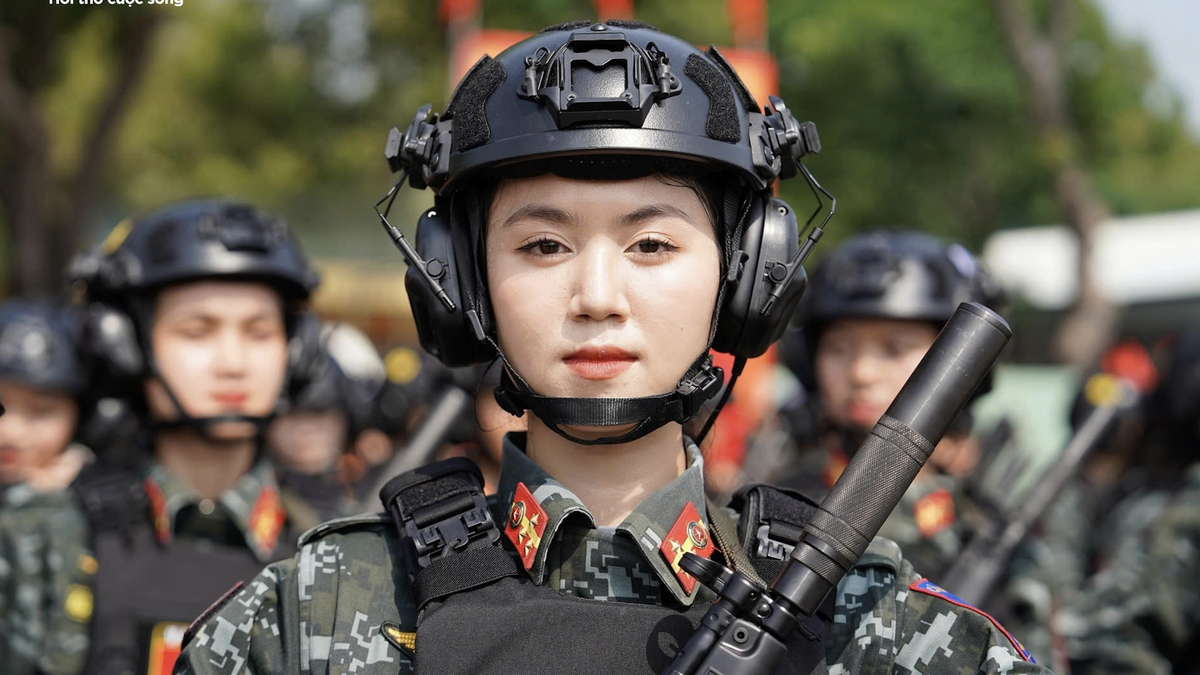
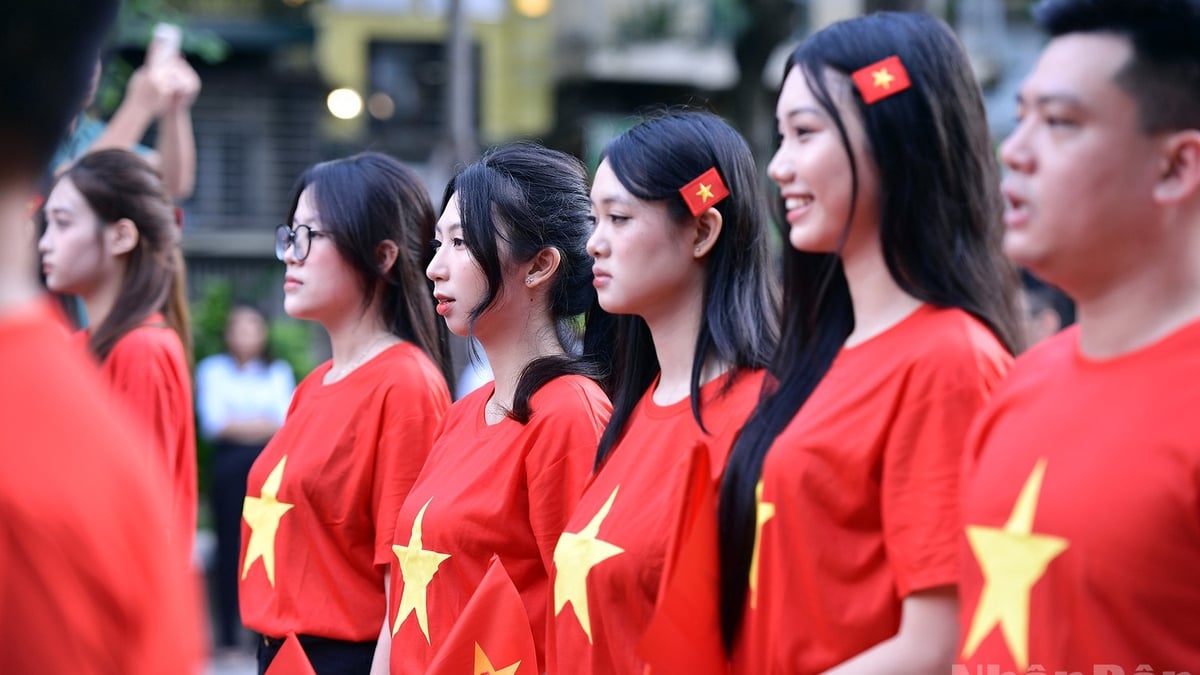




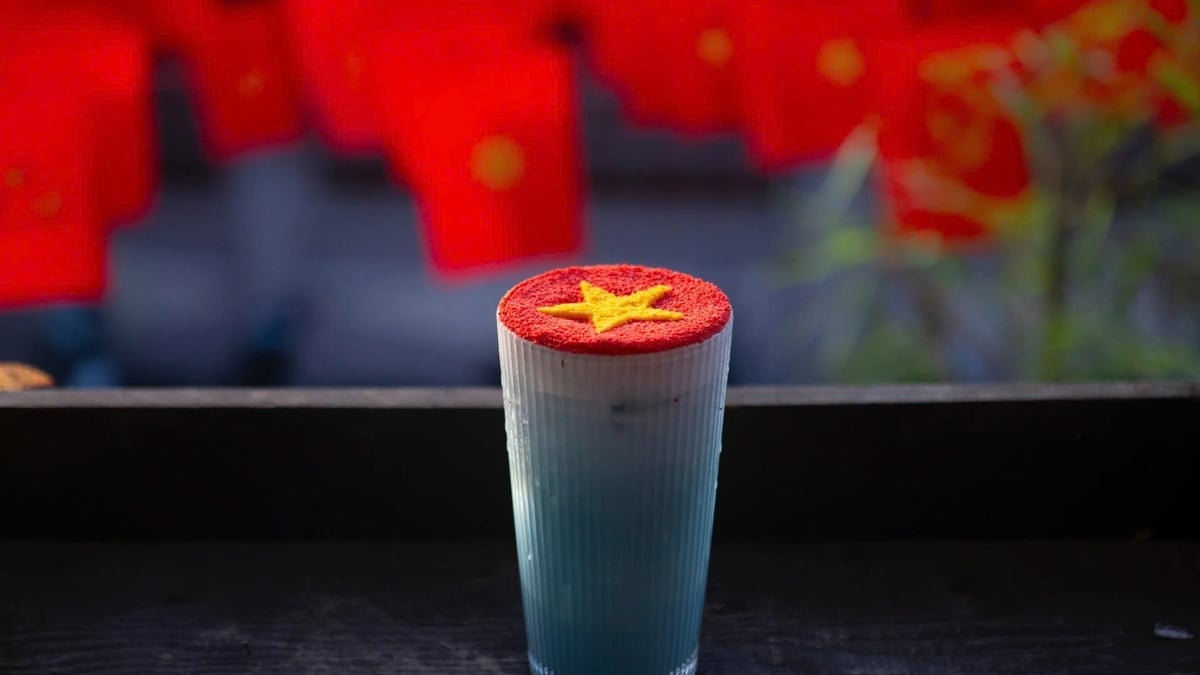
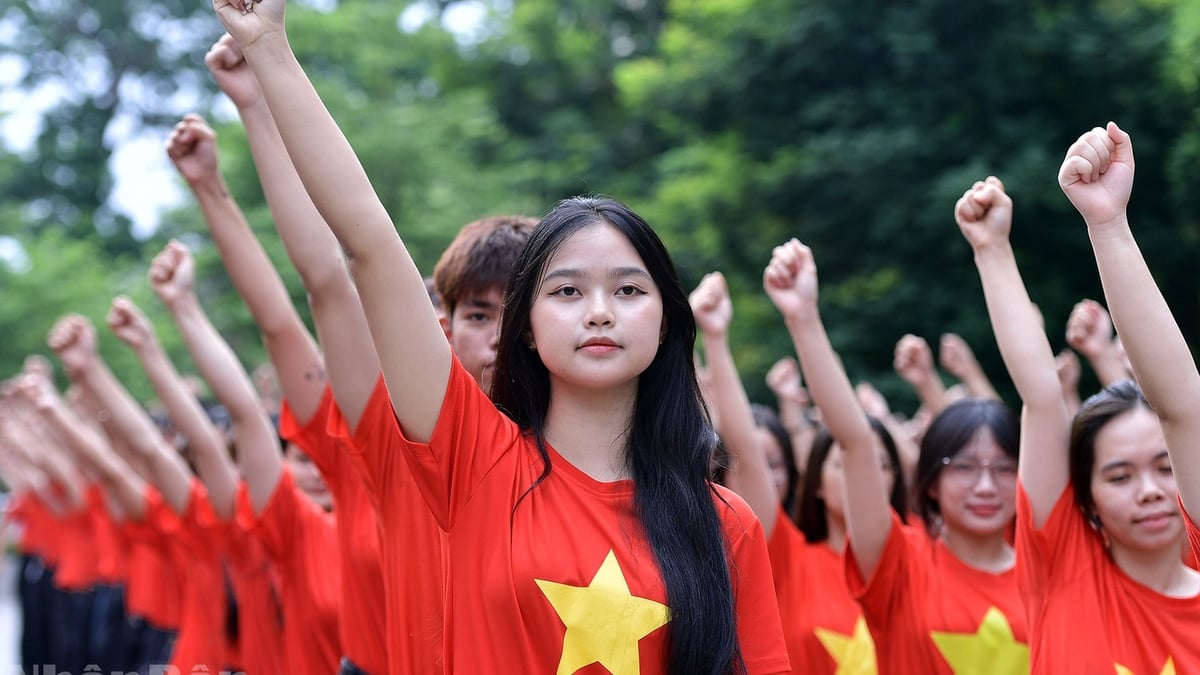
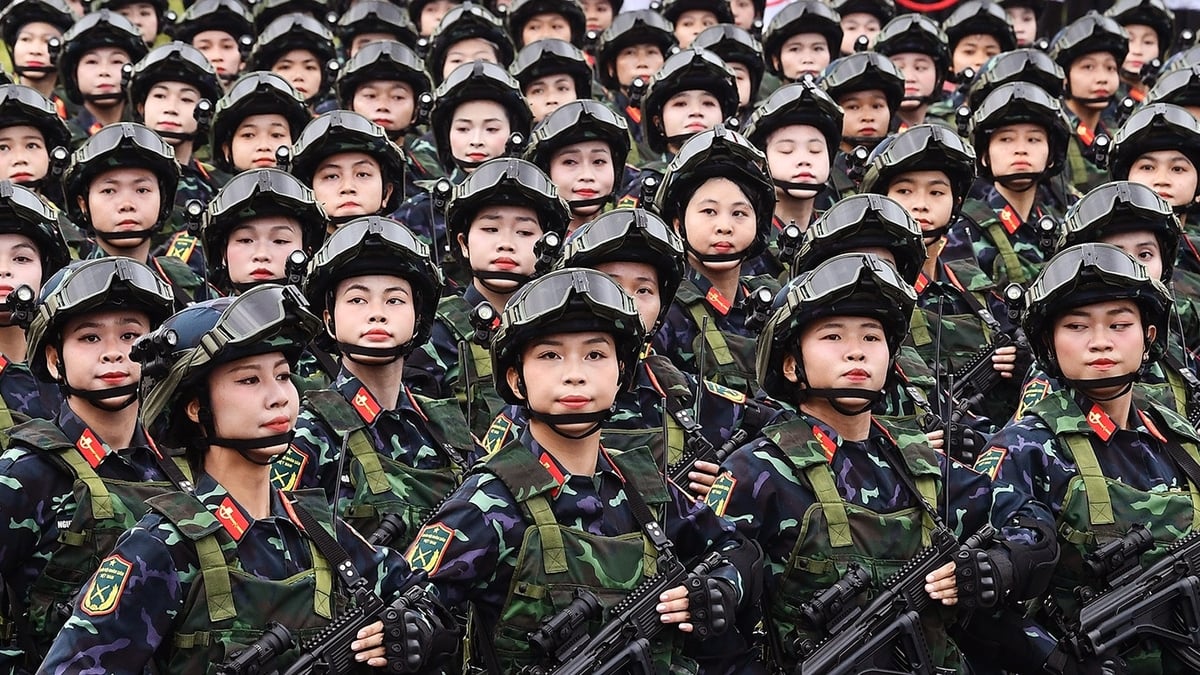
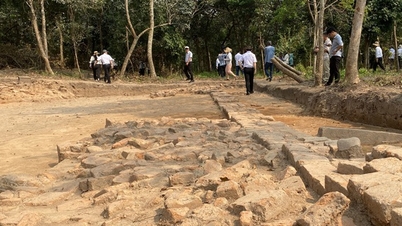

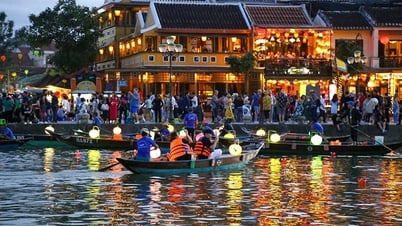

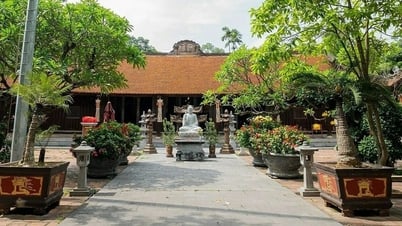

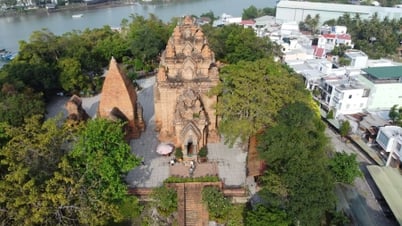








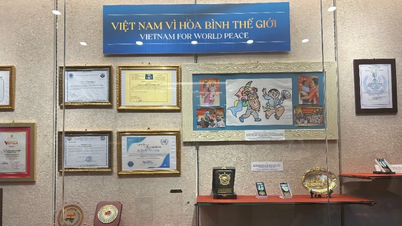

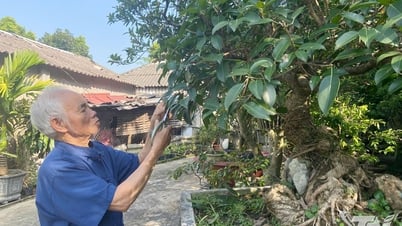

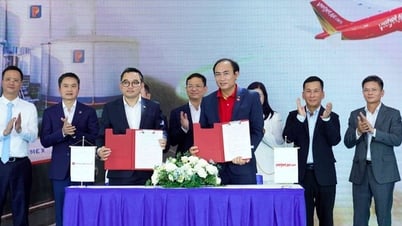

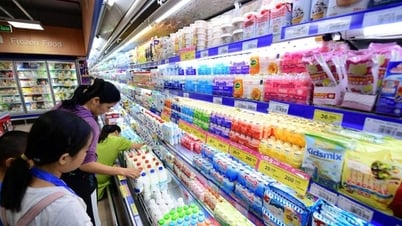
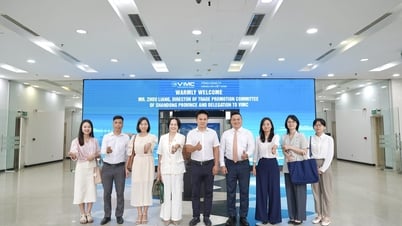

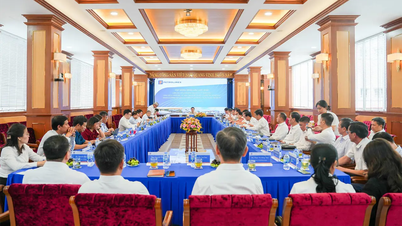
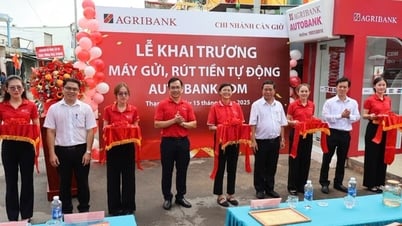
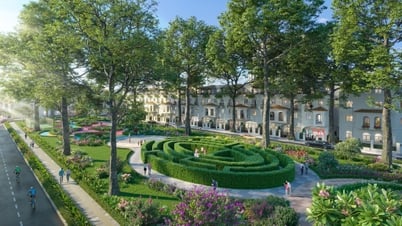
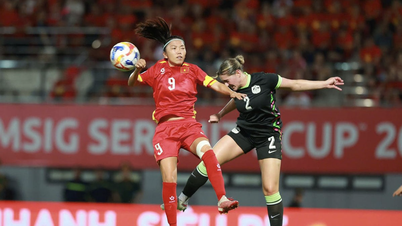
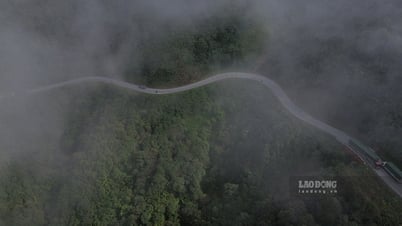


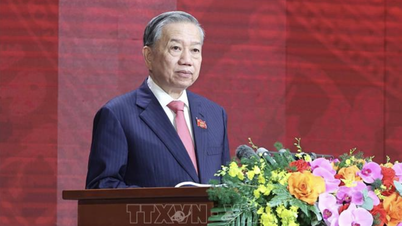



![[Photo] Party and State leaders visit President Ho Chi Minh's Mausoleum and offer incense to commemorate Heroes and Martyrs](https://vphoto.vietnam.vn/thumb/402x226/vietnam/resource/IMAGE/2025/8/17/ca4f4b61522f4945b3715b12ee1ac46c)
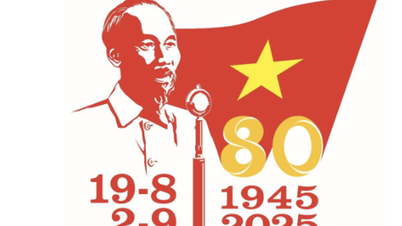



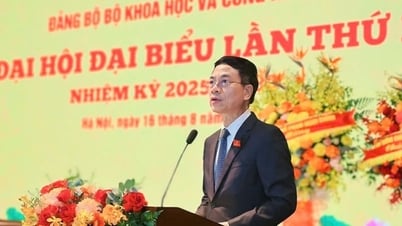
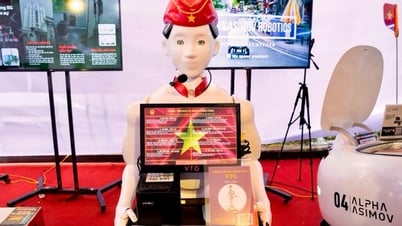

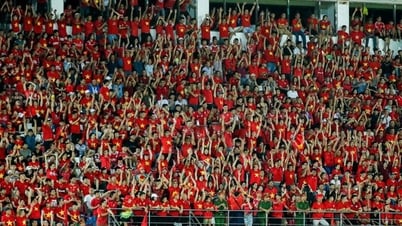






















Comment (0)